Despite the world of photography going digital, there are still some avid photographers who love film. Some love the overall look of it, while others are obsessed with the grain structures. If you’re not well acquainted with shooting film, the choices can be daunting. In the following video, photographer Jay P. Morgan compares 13 available 120 format (medium format) film stocks, both color and black and white:

For comparison purposes, Morgan shot all the film stocks and sent them over to a lab to get processed and scanned. He shot all the photos with the same model and the same lighting, with all the available stocks at different ISOs. Here is what Morgan had to say about all the film he tested:
Fujifilm Acros 100 BW
- Images have nice blacks and open shadows.
- It holds the highlights well.
- It doesn’t show much grain; it’s a clean film.
- There’s a smooth transition from blacks, shadows, and mid-tones.
Ilford 100 BW
- It has way more contrast than the Fujifilm Acros 100 BW.
- Images have a larger grain texture.
- It also has a clearer distinction between white, mid, and black, whereas the Fujifilm had a smooth transition.
- Fashion photographers may prefer this because of the high contrast.
Ilford 125 BW
- This has a better roll off from whites to blacks.
- Although it is ISO 125, it is more comparable to Fuji Acros 100 BW.
- It is good for portraiture.
Kodak TMAX 100 BW
- The images come out very clean.
- Shadows are open and the images are not too contrasty.
- It’s probably the best choice for portraiture.
Ilford Delta 400 BW
- Images from this film pack a good amount of grain in shadows and mid-tones.
- It gives out a classic street photography/war photography look.
Iilford HP5 400 BW
- It’s far less contrasty than the Delta 400.
- It is very open and almost flat, which gives you greater options for digital work.
- Images look less crisp than the Delta 400.
Ilford XP2 Super 400 BW
- This film feels more punchy than the Ilford 100.
- This does not blow out the whites in the highlights, but there’s a sepia cast on the white.
Kodak TMY-2 400 BW
- It’s contrasty and almost flat at the same time.
- The blacks are not true blacks but the whites are a little strong.
Kodak Tri-X 400 BW
- Blacks are not blocked up and the mid tones are pretty bright.
- It holds up the highlights well.
- There is a smooth gradation but it flattens out after you get to the upper mid tones.
Ilford Delta 3200 BW
- As expected, the grain is in full play.
- The blacks are not blocked up and the image is open.
Kodak Portra 160
- Portraits come out beautiful.
- Skin tones look perfect.
- Colors come out rich.
Kodak Ektar 100 Color
- Images are contrasty compared to the Portra.
CineStill 50 C0lor
- Images have a washed out, dreamy and soft look.
Fuji Pro 400H
- Images taken with this film “pop” and come out clean.
- Skin tones are not as perfect as the Kodak Portra.
Kodak Portra 800
- This is a standard higher ISO color film.
- Images have blue/magenta shadows and have a little more contrast than the Portra 160.
Cine Still Tungsten 800
- There is an openness in the image compared to the Portra 800.
- Images look very clean and feel more “organic.”
Now that you have a basic understanding of how each of these film stocks affect the look and feel of your photos, I hope you’ll have an easier time choosing film!
Like This Article?
Don't Miss The Next One!
Join over 100,000 photographers of all experience levels who receive our free photography tips and articles to stay current:
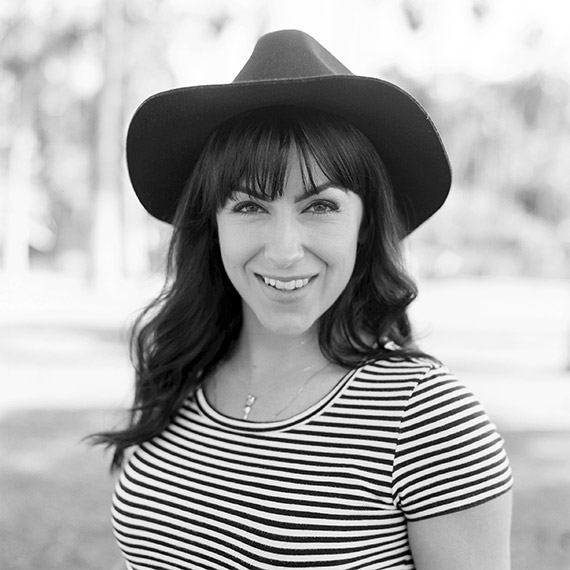
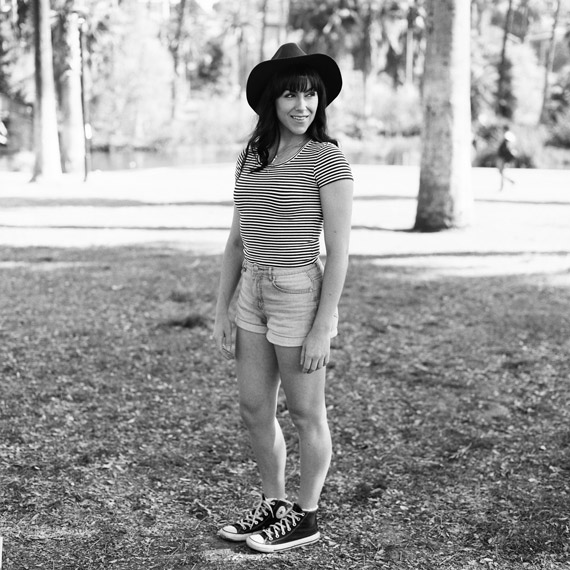
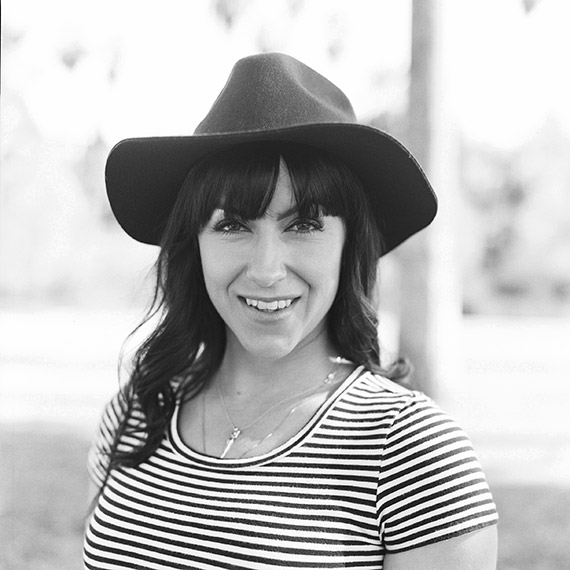
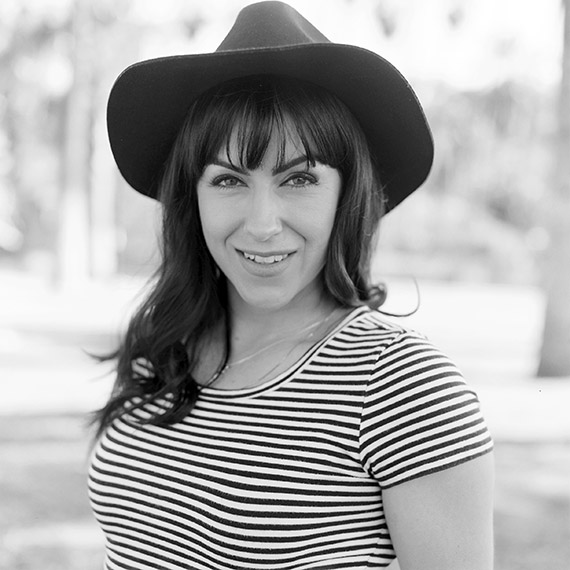
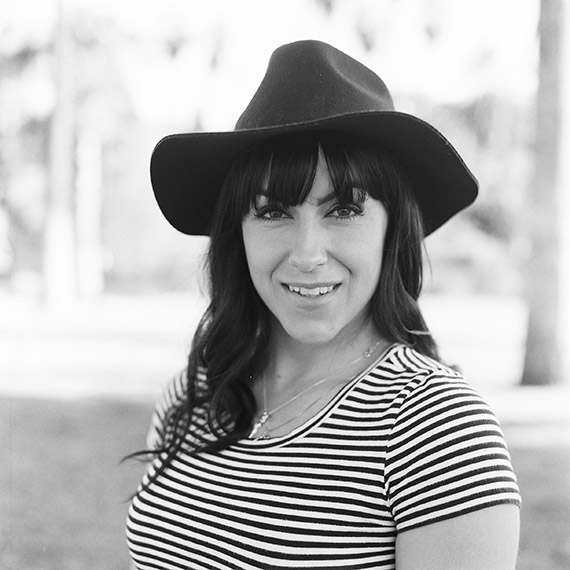
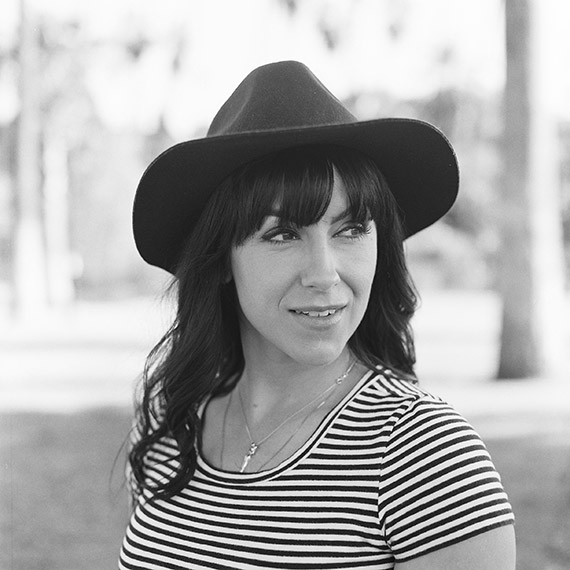
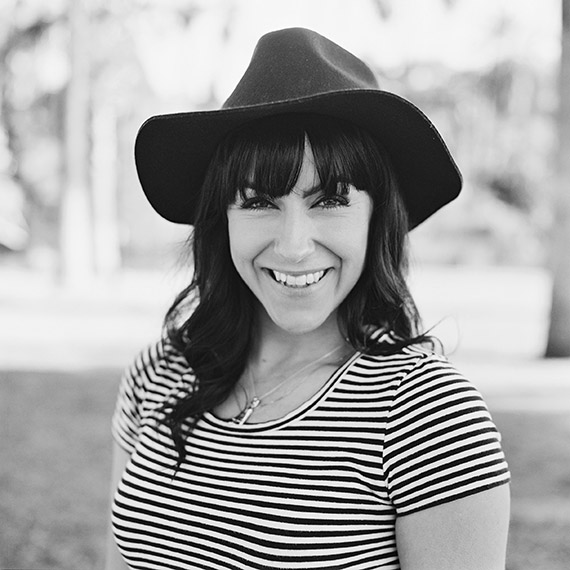
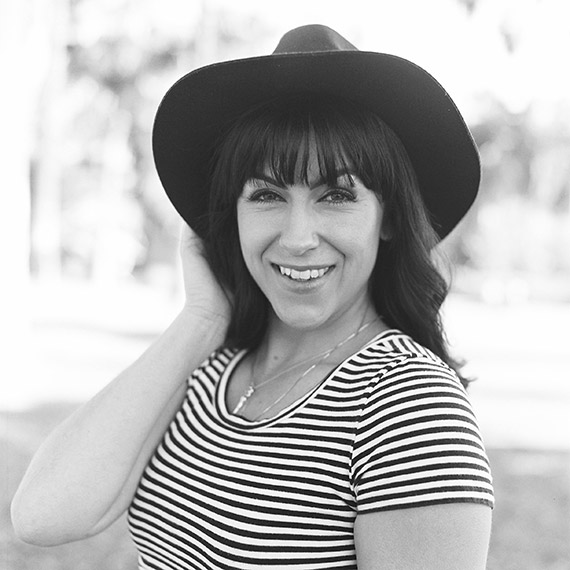
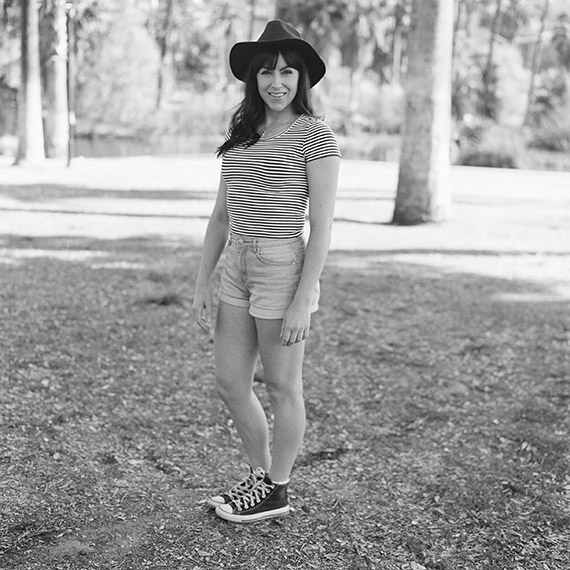
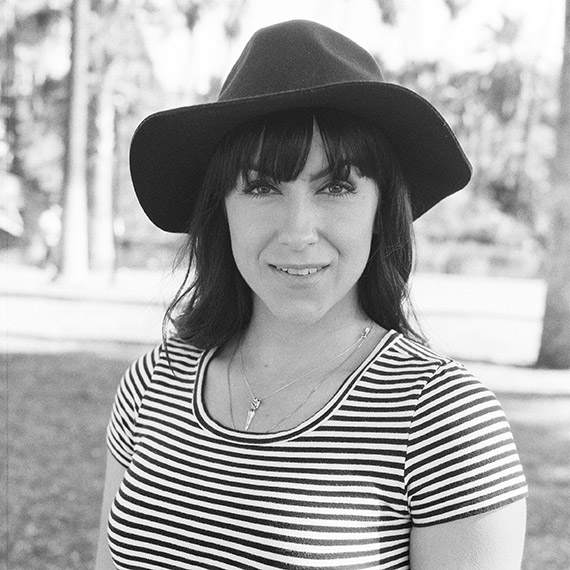
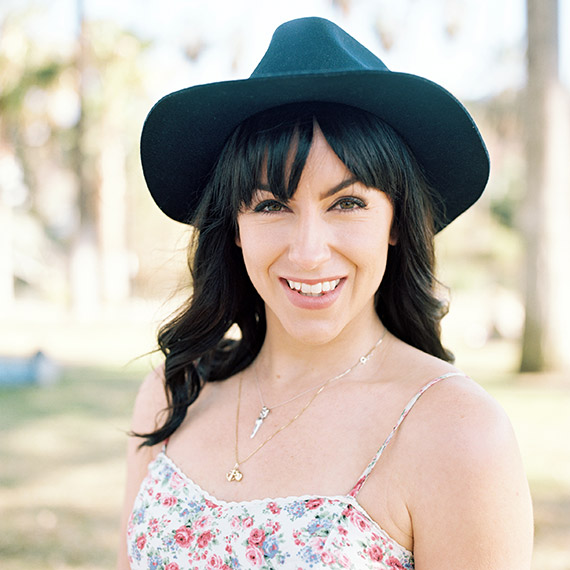
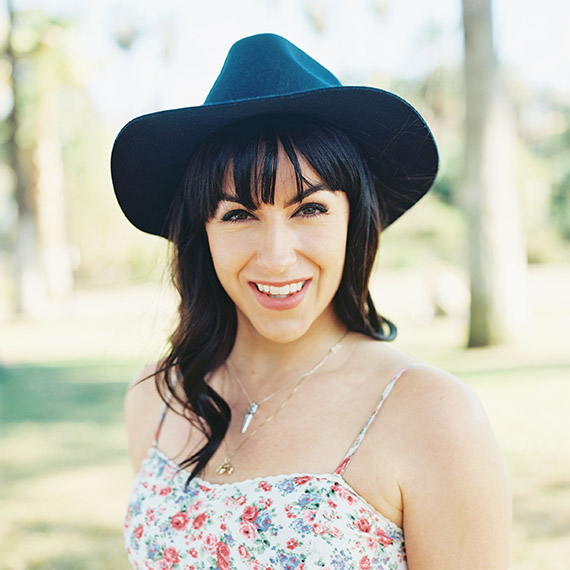
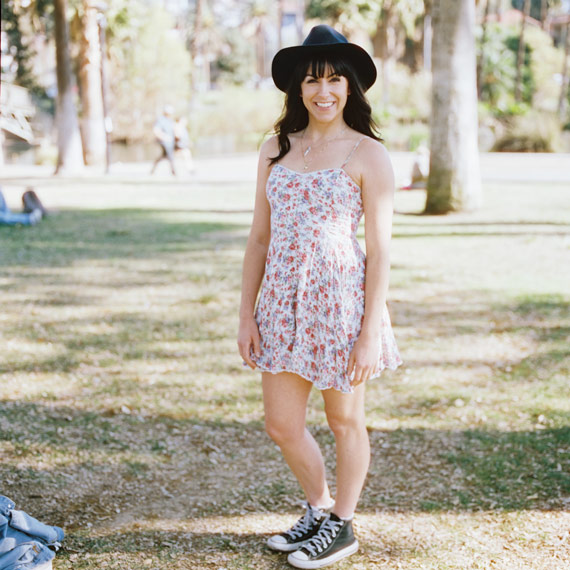
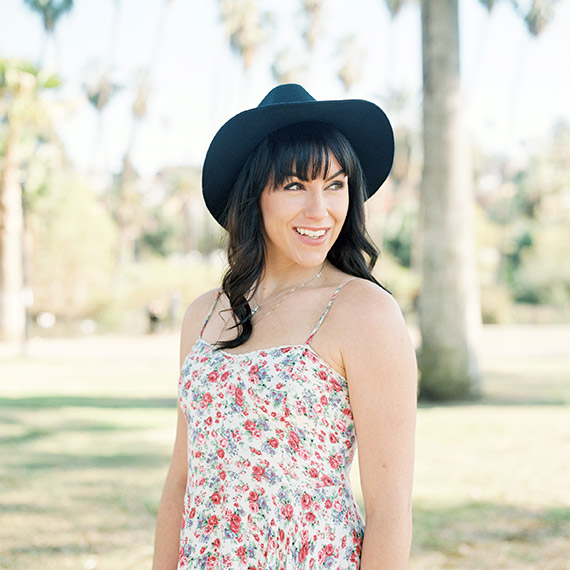
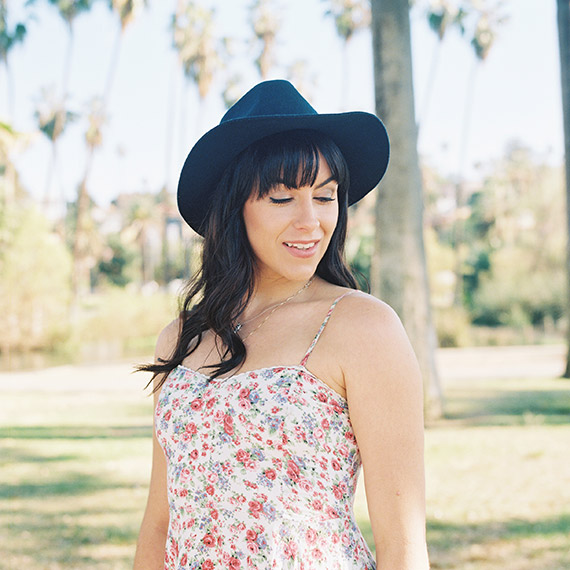
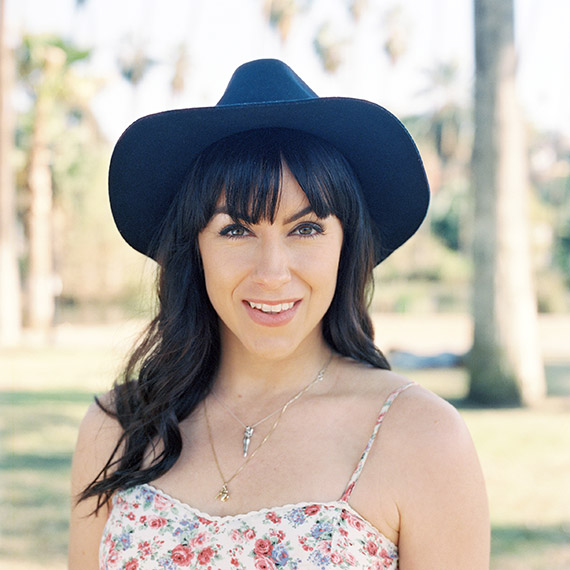






Leave a Reply